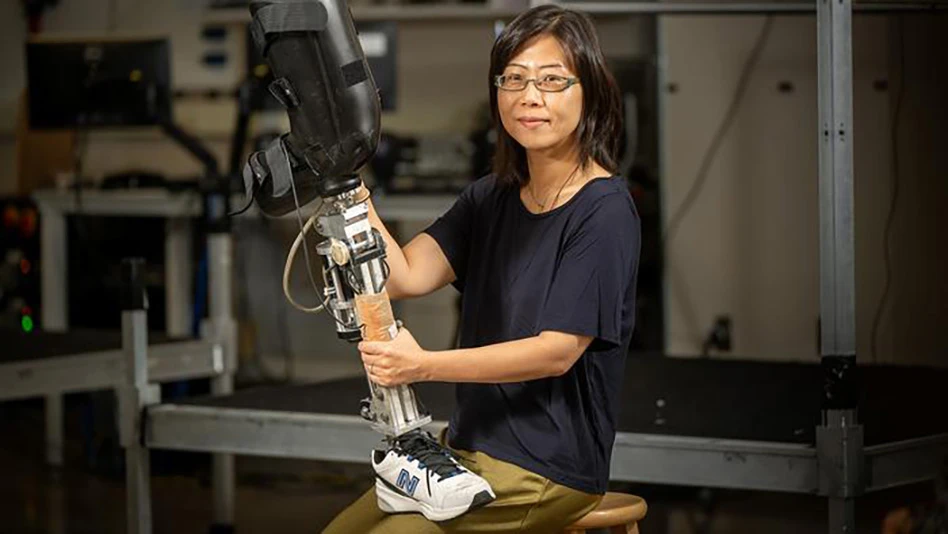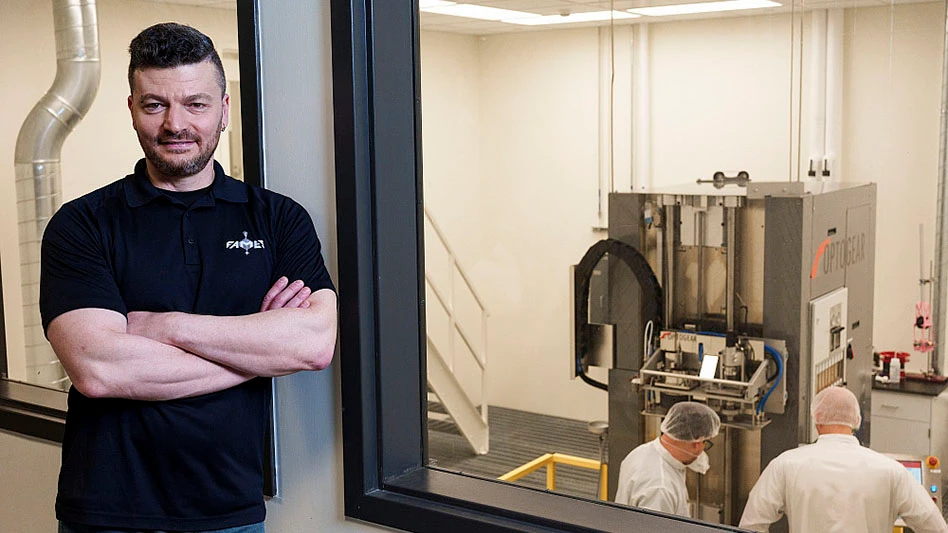
Wearable Artificial Organs
Victor Gura, MD, chairman and chief scientific officer of Wearable Artificial Organs Inc., announced that the US Patent Office has granted approval of patent No. 10,933,183 for the new version of the WAK.
Current stationary dialysis machines hinder mobility and limit activities in patients with end stage kidney disease. Their quality of life is poor, and mortality is high. The new device is much lighter and smaller than its predecessor models 1.0 and 2.0. The proof-of-concept model 2.0, an 11 lb device, was successfully trialed in three clinical trials in Vicenza, Italy; London, UK; and Seattle, Washington. The WAK 3.0 weighs 2 lb and is powered by a rechargeable battery.
Dr. Gura, the inventor, says, “We are delighted with this new version of the WAK. It will free patients from spending lengthy hours in bed or an armchair, tied up to a big machine in a dialysis clinic. A miniaturized, battery operated wearable artificial kidney (WAK) can improve patient autonomy and has the potential to improve quality of life and reduce mortality.
"Preliminary data indicate that patients on dialysis using the WAK might be free to eat and drink with few limitations.
"The WAK will disrupt the dialysis industry and reduce the staggering costs of treating ESKD patients. Most patients today depend on dialysis clinics to receive their care, but application of the WAK instead will make this unnecessary.”
Latest from Today's Medical Developments
- GrindingHub Americas launches in 2027 in Cincinnati, Ohio
- Methods Machine Tools now offers the Nakamura-Tome NT-Flex
- Battelle awards $900,000 in STEM education grants to Ohio schools
- #55 Lunch + Learn Podcast with KINEXON
- Starrett and Gerstner offer limited edition, American made 1950s replica wooden machinist tool chests
- EMCO’s UNIVERSALTURN 50: The new benchmark in universal turning
- Archetype's Expertise for Equity accelerates early-stage innovation
- Stratasys expands its AM solutions with Tritone's cutting-edge technology





